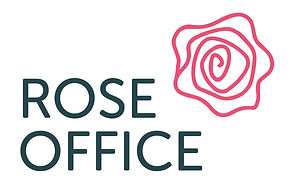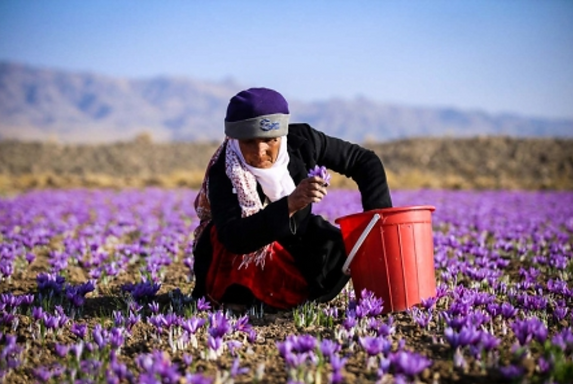


We are directly producing organic saffron in Iran. Our organic Negin and Sargol saffron have the highest quality in terms of colour, flavor and aroma. The analysis of our saffron shows high content of crocin, crocetine, safranal, and picrocrocin. These proactive components determine the quality. The color of saffron depends on carotenoid compounds such as crocin and crocetin. Flavor and bitter taste of saffron mainly come from safranal and picrocrocin respectively. Those components have many different therapeutic effects.
The best saffron is composed of the whole stigma without style. The style connects the lower ovary to the upper stigma. The style has little color and flavor compared to the stigma. The different types of saffron are Negin, Sargol, Dasteh (Dokhtar pich), Pushal and white saffron (style saffron with cheapest price).
We can offer organic and conventional saffron in different qualities all year round. For more information, please contact us.

Saffron (Crocus sativus) is used as spice, food colouring, flavour, in drinks, syrups, and medicine. Saffron is the most expensive spice in the world. Approximately 75,000 blossoms or 220,000 hand-picked stigmas are required to make one kg of saffron, which explains why it is that expensive. All production steps of saffron are done by hand, from picking each flower to the separation of the 3 stigmas from the style. This work needs great care.

With 120000 ha, Iran has the highest cultivation area of saffron in the world. The livelihood of many farmers in dry regions of Iran are depending on saffron production.

The growing season of saffron is autumn and winter. In this period, there is not much other work for farmers. Saffron has to be irrigated only 3-4 times, as it usually rains during the growing season.

We can offer organic and conventional saffron in different qualities all year round. For more information, please contact Mrs. Katayoun Ahmadi: ahmadi@rose-office.com

With 120000 ha, Iran has the highest cultivation area of saffron in the world. The livelihood of many farmers in dry regions of Iran are depending on saffron production.